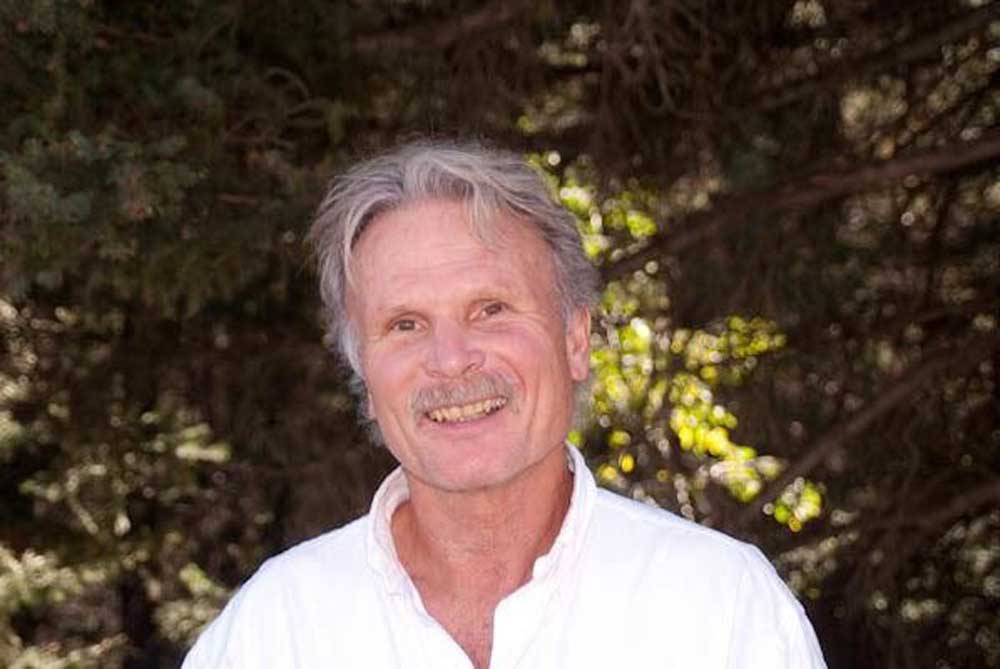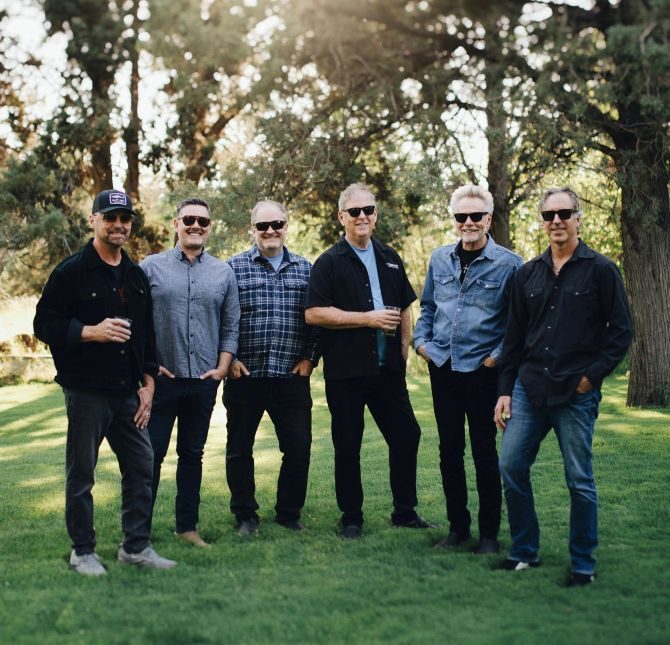Guest Column: We are getting prescribed burns wrong
Published 9:00 pm Wednesday, May 29, 2024

- Wuerthner
The Deschutes National Forest plans to ramp up prescribed burns across Central Oregon. However, the Forest Service exaggerates the presumed benefits of prescribed burning and ignores the problems.
One of the most critical issues is that most wildfires never encounter a fuel reduction, whether from thinning or prescribed burns. So, even if prescribed burns were effective, fires seldom occur in treated areas.
Second, the burn must be repeated every few years — forever to be effective. By removing competing vegetation, plant regrowth is rapid. Often, within a few years, there is as much or, in some cases, even more burnable biomass than before any prescribed burn.
For example, one study conducted in California Sierra Nevada found that within two years after a spring season burn, the herbaceous vegetation in the prescribed burn area did not differ from non-burned controls.
Hence, prescribed burns need to be repeated over and over forever. Communities will experience the harmful effects of smoke every year, even though the likelihood of a significant fire and attendant smoke may not occur in that locality for years.
For instance, the Deschutes National Forest prescribed burned 8,950 acres in 2023.
Third, it’s essential to question the belief that Indian burning kept fuels low and contributed to “healthy forests’. This notion can be considered an urban myth.
Numerous studies have shown that Indian burning was primarily local, typically around village sites and other high-use areas, raising doubts about its effectiveness in reducing wildfires across the landscape.
A study done by Dr. Cathy Whitlock in the Willamette Valley of Oregon, which had some of the densest Native American populations in the West, concluded: “The idea that Native Americans burned from one end of the valley to the other is not supported by our data … Most fires seem to have been fairly localized, and broad changes in fire activity seem to track large-scale variations in climate.”
Advocates of native burning typically suggest that cultural burns keep forests healthy. One has to ponder how ponderosa pine, which thrived as a distinct species for over 55 million years, managed to maintain its health all those millions of years before humans arrived less than 20,000 years ago.
At a landscape-scale influence, there is no evidence that Indian fires kept the forest “healthy” or reduced large-scale wildfires.
Extreme fire weather conditions cause unstoppable wildfires like the Holiday Farm, Bootleg, Ceder Creek, Eagle Creek, and other recent large Oregon conflagrations, which in one way or another have significant natural or human fuel reductions.
With the aid of high winds, the Eagle Creek blaze even crossed the mile-wide Columbia River to start ignition on the Washington side of the river.
If the barrier created by a large river won’t stop a blaze, how can anyone believe that removing a small portion of the fuel with logging or a prescribed burn can prevent or control a blaze?
To the degree that prescribed burns are implemented, they should be located near the margin of communities and burned every few years. We need more wildfire in our ecosystems, but the idea that prescribed fire emulates natural wildfire ignitions and will significantly reduce the acreage burnt under extreme fire weather conditions is questionable.
The federal strategy of “active forest management,” including forest thinning and prescribed burning, is a less effective way to protect communities. A study in California analyzed the effectiveness of Home Ignition Zone characteristics for about 40,000 California buildings exposed to wildfire. After sorting the buildings into “survived,” statistical comparisons of the two groups showed that “hardened homes” were most strongly associated with surviving wildfire across California during the study period.
We must focus more funding and effort to harden homes and less on wasteful and largely ineffective forest fuel reductions.
Do you have a point you’d like to make or an issue you feel strongly about? Submit a letter to the editor or a guest column.








